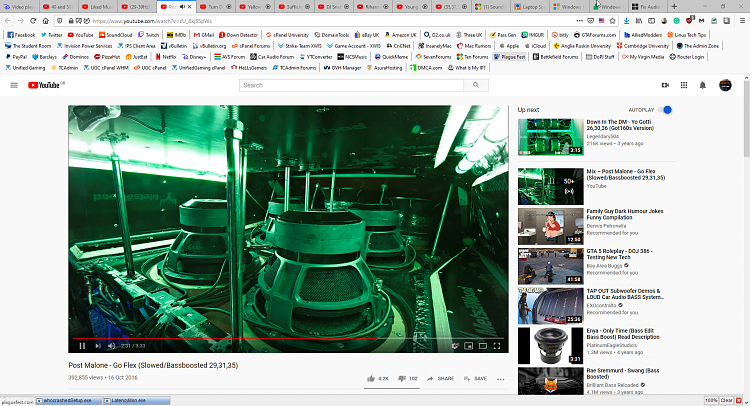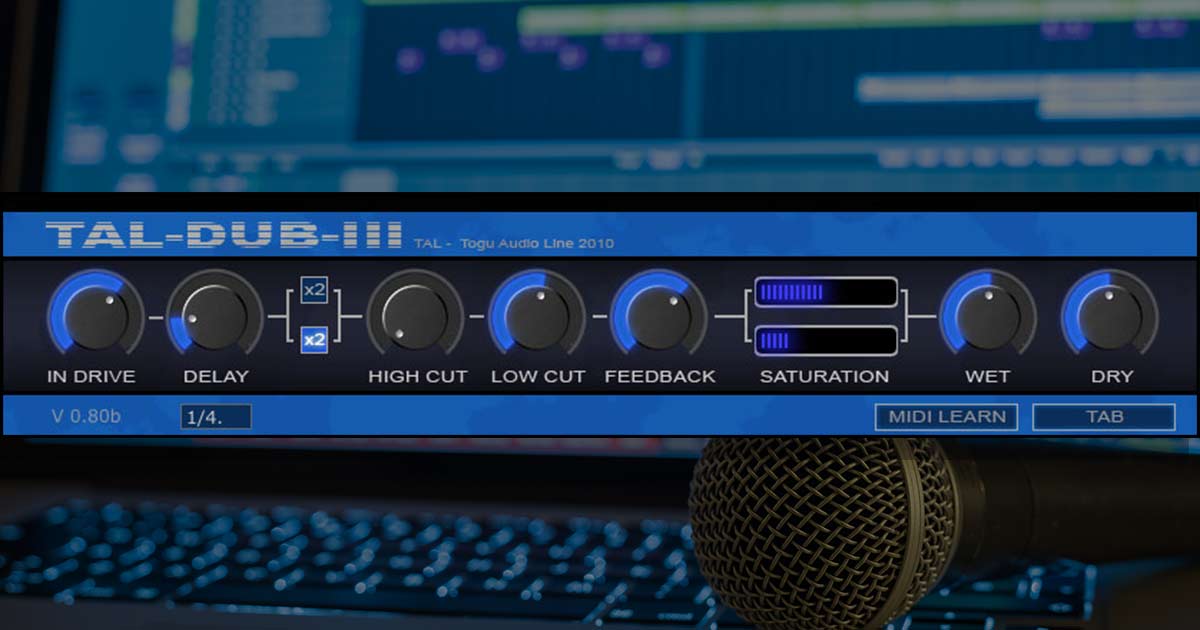DPC is just providing kernel information from what I can see there’s no round-trip latency analysis.Apple provide their development IDE (Xcode) as an optional package on the OSX installation DVD. Like on OS X the Airport module can lead to audio dropouts. The DPC Latencies produced by the Broadcom driver are less regular than the KBDMGR thing, alot higher in value. Best thing is to try for.

The latest Virtualbox 4.3.4 was released recently. Now it works with Linux Kernel 3.13. This tutorial shows you what’s new and how to install or upgrade to Virtualbox 4.3.4 in Ubuntu 13.10, Ubuntu 13.04, Ubuntu 12.04, Linux Mint.
What’s New in Virtualbox 4.3.4:

Dpc Latency Checker Online
Download & Install Virtualbox 4.3.4:
You can either download the DEB from Linux download page, or install it from official repository:
Dpc Latency Checker Mac Os X 10.8
(Hate Linux commands? Well, go to this page for graphical way)
1. Press Ctrl+Alt+T on keyboard to open terminal. When it opens, run commands below to add VBox repository:
2. Get the key:
3. Update & install:
Source link: http://vdrums.com/forum/showthread.php?54703-Latency-Checker-for-MAC
Source date: November 25 2009, 02:33 PM
It would be nice if there were a Latency Checker similar to the DPC app but for MAC’s. If your a MAC user how do you check/compare latency for different setups? For instance, I would be curious to see the effects on latency using different settings in VST software and hosts or seeing the differences in built-in sound solutions as opposed to an external audio interface. Using a MAC is there an app for that or somewhere to compare numbers?
DPC is just providing kernel information from what I can see there’s no round-trip latency analysis.Apple provide their development IDE (Xcode) as an optional package on the OSX installation DVD. It includes a profiler called “Instruments” which appeared with Leopard that has “Templates” for analysing performance of applications including attaching to existing running processes.With Snow Leopard (Xcode 3.2) theres more tracing templates that you can do the normal profiling and also analyse efficiency of using multiple CPU cores for example.The profiling allows you to see where the application is spending the majority of it’s time for each thread, for each framework, etc.Is it MIDI->sound latency that you’re interested in? It is may be possible to make an application that creates a MIDI “ping” then listens for the audio output from the audio driver.
[tester app] — MIDI note –> { app to be tested } — Audio sound output –> [tester app]
Oddly I’m coding up a MIDI application for OSX and I will need to measure the latency by having the user hit when prompted for 10 hits then measure the time it takes to receive it (through the TD6V and then OSX). Only started today but have the TD6V talking to my application already.
Would need to look at the audio as Apple may prevent output being redirected to an application for copy protection
From another source (http://forums.macrumors.com/showthread.php?t=911502), dated Feb 24, 2011, 12:45 AM:
From a trivial amount of searching I already know that DPC is a Windows-only term. Since that particular way of working with drivers only exists on Windows, it is meaningless on MacOS.
What you really want for audio applications is to keep the latency down. MacOS has always been a strong platform for audio because they keep some real-time features around for things like this. Note, MacOS X is not a true real-time OS (there is no hard guarantee of latency and processor slices), but only has a few features from that set.
You need to actually try out your workflow on MacOS, and prove that it works for what you need it to. There is no single metric that is going to work like that.
Thesycon Dpc Latency Checker
The easiest way to do this is to
1. Get a small mixer. Behringer makes a few under $60.
2. Take the stereo output of your mac and feed it into channels 1 and 2 of your mixer.
3. Plug in your guitar, mic, or line level input that you want to record into ch. 1 of the mixer. Keep the panning on this channel at center and then take one of the stereo outs of the mixer and feed it to the audio in of your mac. Be sure to let the mac or your DAW know that your input is now line level.
4. Now, in your DAW (in your case, garage band) mute the track you are recording to so that all that’s coming to ch. 2 and 3 of your mixer are the tracks already recorded as well as the click.